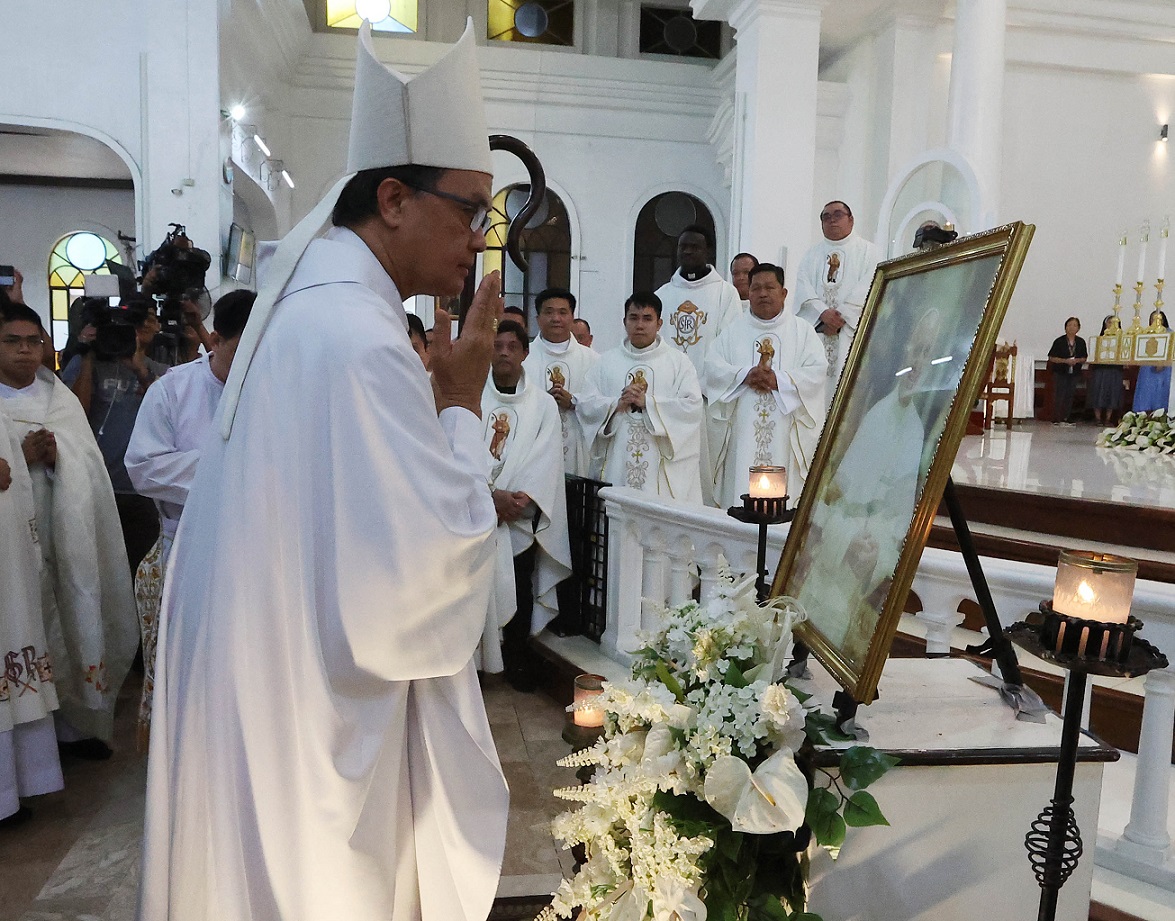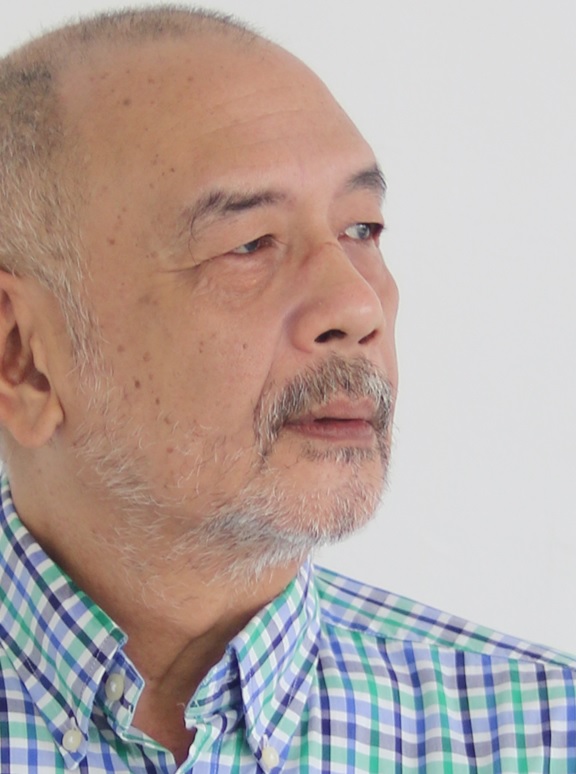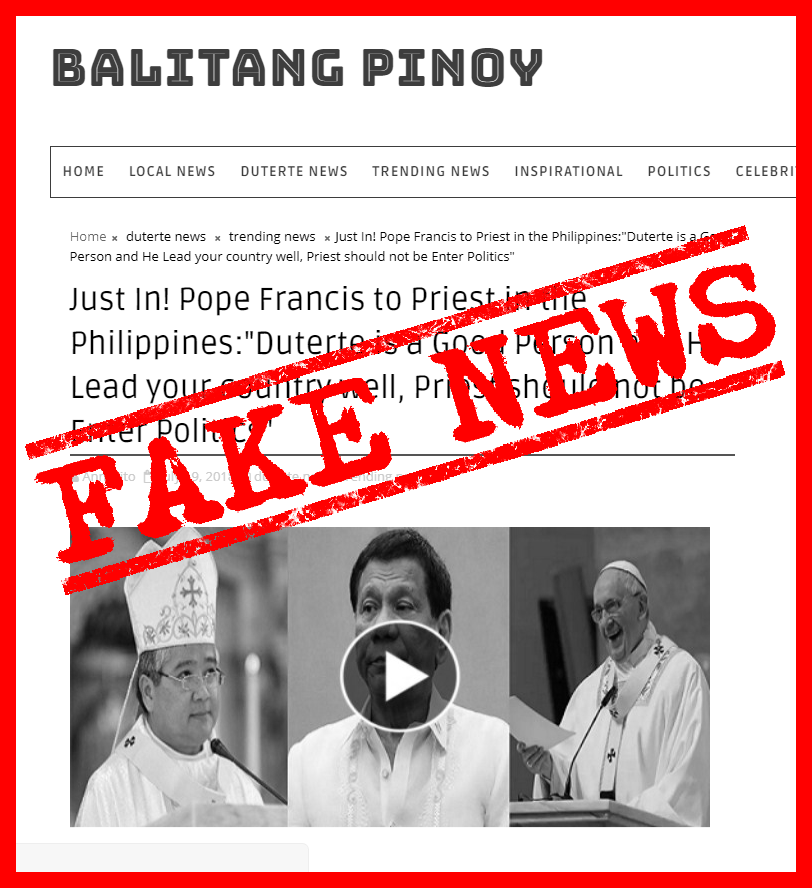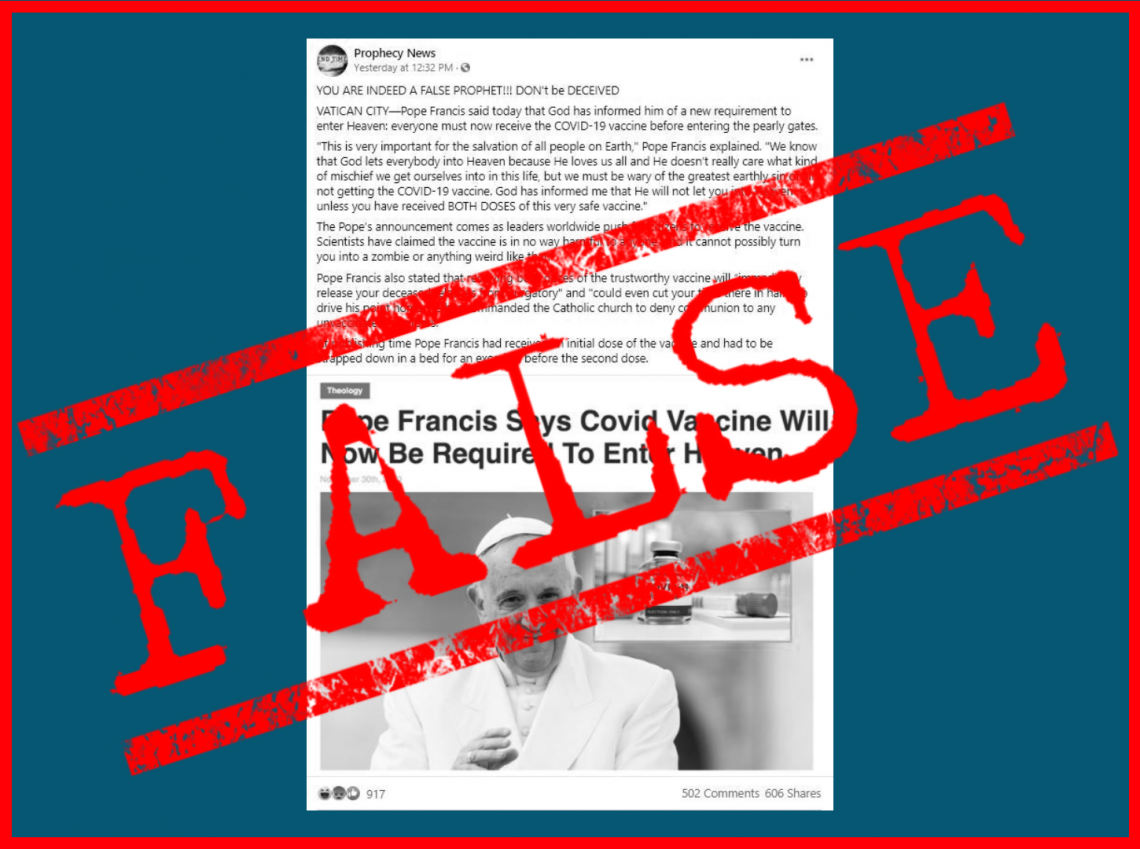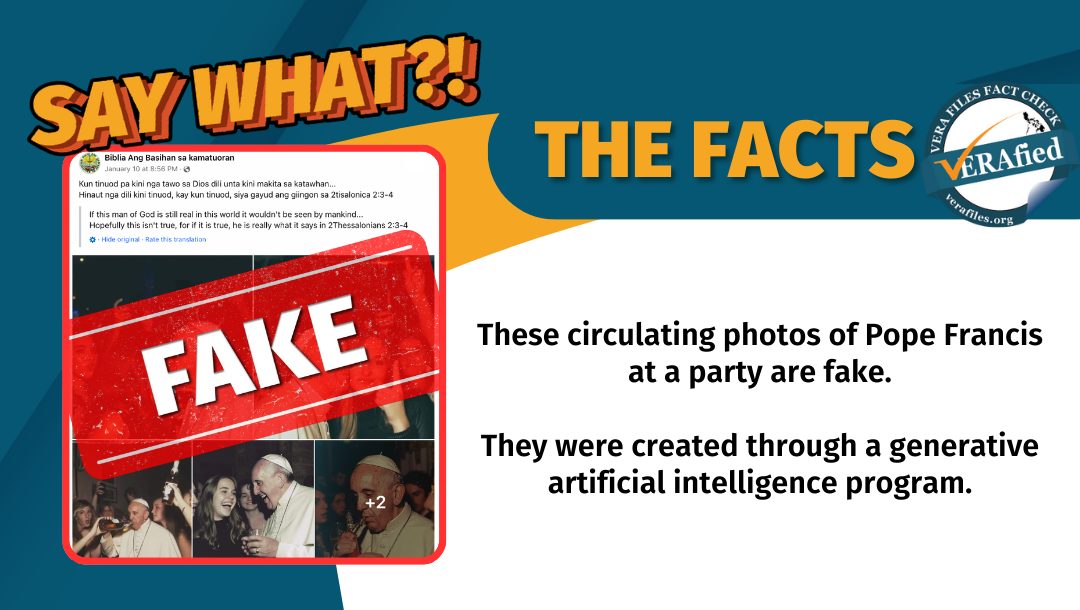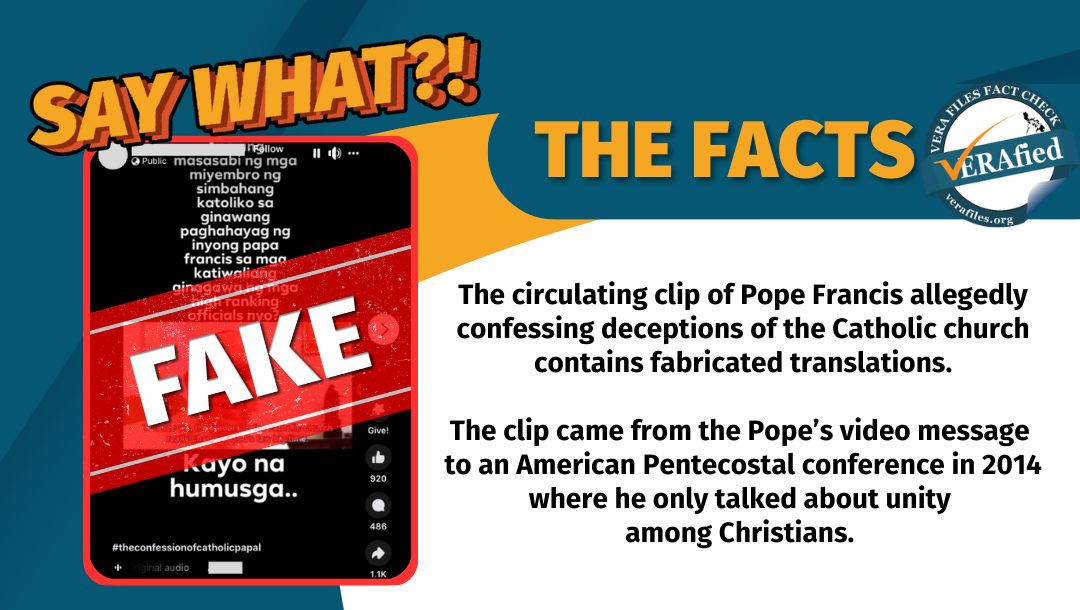If the conclave to elect the next pope will feature an online voting among Catholics, a Filipino cardinal will most likely be chosen as the Supreme Pontiff.
But there will be no such thing happening as it is done in international beauty pageants. Why is that important to point out? Because rooting for a candidate cardinal of our choice is based largely on misinformation.
For one thing, the conclave is not about popularity. In the past, many of those elected were not even papabili (pope-able; papabile, singular). A case in point was the conclave in 1978 that elected Karol Cardinal Wojtyla of Poland. The two frontrunners were Giuseppe Cardinal Siri (Archbishop of Genoa) and Giovanni Cardinal Benelli (Archbishop of Florence). The fight was close. After seven ballots, neither of them received a clear majority.
Franz Cardinal König, the Archbishop of Vienna, Austria, proposed that the only way to break the stalemate was to introduce a compromise candidate. He turned to one rising star of the College of Cardinals who was beginning to be known for his erudite philosophy, Wojtyla, the Archbishop of Krakow.
Before the start of the conclave, Time magazine had asked Wojtyla to sit for a souvenir portrait. He waved off the request with a laugh, telling the Time reporter: “Don’t worry, I am not going to become Pope.”
On the eight balloting, he was overwhelmingly elected the 264th Pope.
The lesson is loud and clear: conclaves are impossible to predict.
In the run-up to a conclave, cardinals begin a daily meeting of spiritual reflection (already two such had taken place since Pope Francis died). Until such time that all eligible cardinals arrive for the conclave (two to three weeks after a pope’s death, as mandated in the apostolic constitution Universi Dominici Gregis), cardinals would have recollected on a collective enquiry on the directions the universal church must take after the papacy that had just ended.
It is that direction that guides the voting cardinals as they enter the Sistine Chapel. Prior to the voting, they also listen to preachers of the papal household deliver a public exhortation about these directions. In the 2005 conclave that elected Joseph Cardinal Ratzinger of Germany, as well as in the 2013 conclave that elected Jorge Mario Cardinal Bergoglio of Buenos Aires, the preacher was the Franciscan Capuchin friar Raniero Cantalamessa (Francis made him a cardinal in 2020).
As we can see then, the conclave has nothing to do with public acclamation or clamor in Facebook and social media. Bear that in mind — Bergoglio was not even predicted to become pope in 2013.
There are those who naively think that creating a trend in social media will reach the conclave’s attention. Here’s the bad news: prior to a conclave, the Sistine Chapel will be combed for bugging devices. And not just bugging devices: it will be swept as well for hidden cameras and recording equipment. And on the days of the conclave, signals inside the venue will be jammed. The cardinals will be rendered incommunicado with the outside world. A cardinal who breaks the secrecy can be excommunicated.
Lists of “popular” cardinals began flooding social media immediately after news of Pope Francis’s death reverberated around the world last April 21. Some lists would even classify theological leanings into “conservative, liberal, moderate.” Those labels come solely from secular media. To complicate matters more, each media outfit has different standards on such leanings. In one media story, Pietro Cardinal Parolin, the current Secretary of State, was classified as a “moderate.” Newsweek, however, had sorted him as a “liberal.” That is one inadequacy of labels.
Those labels will have to be shed off once the conclave begins because of a Francis deficiency, as we shall point out later. He appointed new cardinals from many distant lands, twenty-five of which had no previous representation in the College of Cardinals. Some of these countries are Mongolia, Myanmar, Timor Leste, Papua New Guinea, Tonga, Bangladesh, Sweden, Mali, South Sudan, and a host of other countries. Francis achieved a geographical spreading out that expanded the horizons of the College of Cardinals from Eurocentrism. That was definitely a big plus in his pontificate.
Despite that, European cardinals numbering fifty-three still outnumber those from Africa (18), Asia (23), North America (20), South America (17), and Oceania (4). A two-thirds majority is 90.
Be that as it may, Francis’s deficiency was said to be his unilateral style of leadership. Some reviews are harsher than that, calling him an autocrat. For example, he stopped gathering the cardinals to Vatican consultations as his predecessors had done. Even though he had expanded representations, most of his appointed cardinals hardly know one another, affecting assessments of suitability. That is where labels appended by secular interpretations won’t work in a conclave.
Some observers however note that because of the wider geographical representations, the next pope may be theologically dissimilar to Francis. The Italian saying Seguite sempre un papa grasso con sottile (After a fat pope, a thin pope) refers not to papal physique but to the belief that it is “beneficial to have a new pope with a contrary nature to his predecessor.” One of the few times that was not the norm was when Ratzinger was elected pope because cardinals were said to have considered the history of the time to continue the hyper popular papacy of John Paul II.
And then there is the observation from many why most popes are old. By practice, those elected were in their late 70s: John XXIII was 76, Francis was 76, and Benedict XVI was 78. The answer is simple: a long papacy is avoided. For example, Fridolin Cardinal Ambongo Besungu of the Democratic Republic of the Congo, considered by some as a frontrunner, is only 65.
The pope, as the head of the universal church, is first and foremost the guardian of the faith. Some Filipinos do not see it that way. One such parochial view hopes for Luis Antonio Cardinal Tagle to be elected pope so that he can tell the Filipino people who to vote for in the coming elections.
To quell misinformation, Catholics worldwide can contribute to a more informed discussion by digging on the cardinal electors. Were they good diocesan administrators (some readers will be disappointed to know that many are bad administrators)?
How do they treat the poor and the suffering as a mission preference? That is a vital question – one cardinal was hated by Vatican staff such as drivers, waitpersons, etc. for his bad temper. It certainly gave them a cognitive dissonance: this man was known to show attention to the poor and the marginalized. Privately, he was a different man. That kind of man cannot and should not be pope.
Perhaps, for the Philippine context, an added question: how did our three voting cardinals speak out on extrajudicial killings of the Duterte regime? Not all will pass that standard (only one?).
Filipinos should pray and hope for a cardinal not because he is Filipino but because he can best lead the Catholic Church in the direction it is discerned to go. He may certainly be of other nationalities. But he is one who can guide the church on faith and morals, and can successfully meld the spiritual and political role of the pope who is also the head of a sovereign state.
For the last, administrative aptitude would be very central. And a voice that prophesies, in the name of human dignity, against the inequalities of the world. Such voice is capable of toppling autocratic regimes and the Berlin walls of the 21st century age.
The views in this column are those of the author and do not necessarily reflect the views of VERA Files.
